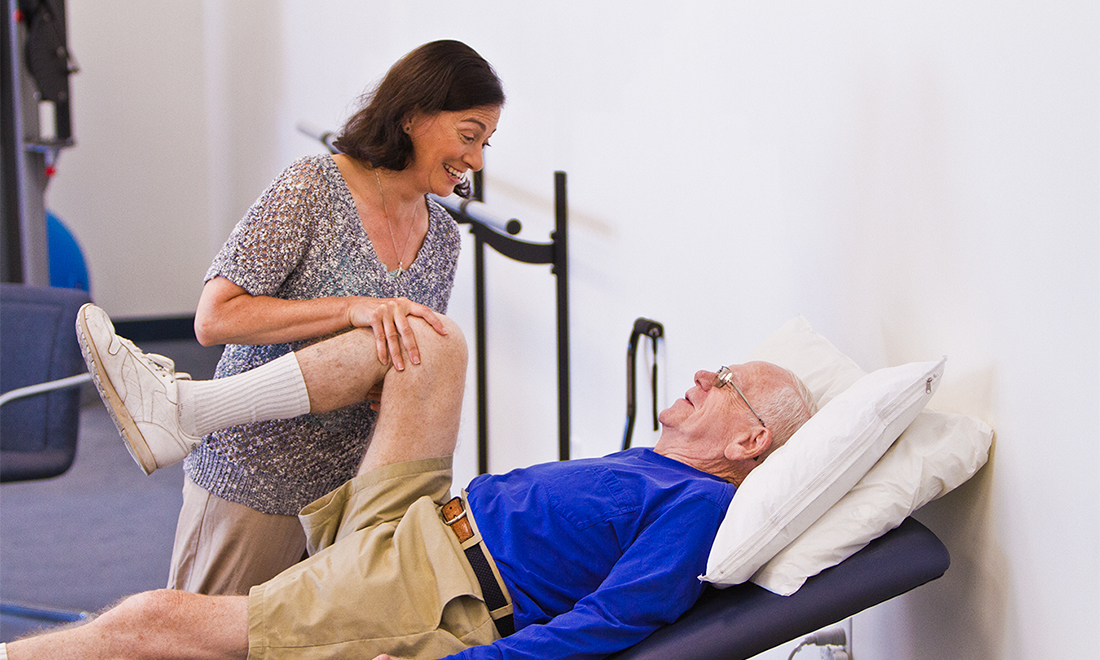Effective Approaches for Reducing Dyspnea in Physiotherapeutic Rehabilitation Appointments
Effective Approaches for Reducing Dyspnea in Physiotherapeutic Rehabilitation Appointments
Blog Article
Dyspnea, or trouble respiration, is a common issue that many individuals face, especially those with long-term lung conditions, heart issues, or other medical concerns. In rehabilitation therapy sessions, addressing dyspnea is essential for helping clients enhance their overall standard of life. By utilizing specific techniques and approaches, physical therapists can help patients in managing their breathing difficulties. Understanding these efficient methods can enable both therapists and patients to collaborate together more efficiently in addressing obstacles related to breathing difficulties.
One of the primary techniques used to alleviate dyspnea in physical therapy is the application of regulated breathing activities. These exercises often concentrate on abdominal breathing, which promotes patients to use their breathing muscle rather than their upper thoracic muscles when breathing in. This approach helps to increase lung capacity and efficiency. Additionally, pursed-lip breathing is another approach that can be beneficial. This method requires breathing in through the nose and breathing out slowly through pursed lips, which can help to keep airways clear longer and render breathing feel more manageable. By including these activities into therapy sessions, physical therapists can provide patients with tools to manage their dyspnea both during and beyond of their appointments.
Another crucial aspect of controlling dyspnea in physical therapy is the creation of an personalized exercise program. Customizing exercises to meet the individual needs and abilities of each patient is essential. Therapists should slowly introduce aerobic activities, such as ambulating or biking, in a controlled manner, allowing patients to build their endurance over a period. This progressive approach helps patients to feel more at ease with physical activity while at the same time improving their lung function and overall stamina. It is important for therapists to observe patients closely during these exercises to make sure they are not overworking themselves, which could lead to greater difficulty of breath.
Education also plays a significant role in reducing dyspnea during physical therapy sessions. Providing patients with knowledge about their ailment and the mechanisms behind breathing difficulties can enable them to take charge of their health. Therapists can explain how factors like anxiety, posture, and environmental conditions can affect breathing. By comprehending these concepts, patients can learn to control their issues more effectively. Techniques such as stress reduction methods and proper body mechanics can additionally assist in minimizing the effects of breathing difficulties during daily activities and therapy sessions.
In conclusion, effectively alleviating dyspnea in physical therapy appointments involves a mix of breathing exercises, individualized exercise regimens, and patient teaching. By applying these effective approaches, physical therapists can assist patients control their respiratory difficulties and improve their overall health. Working together between therapists and patients is crucial to create tailored interventions that address specific needs. With the appropriate support and methods, patients can experience relief from breathing difficulties and engage more fully Go Here in their physical therapy process, eventually leading to a better standard of life.